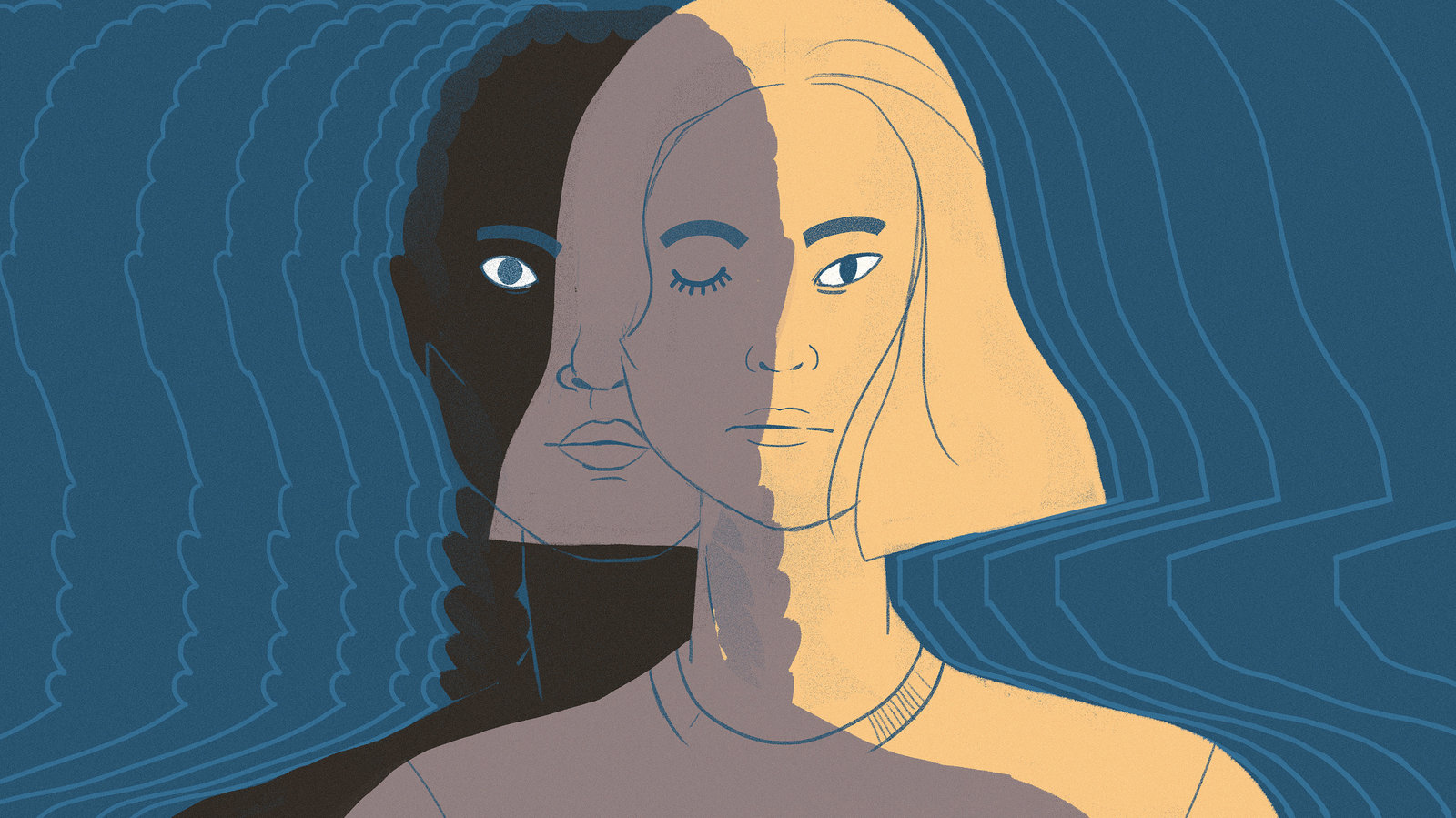NATALIE CHRISTENSEN WRITES — On February 27th, I held a Black-Asian Solidarity March in Playa Vista. Prior to the march, LMU’s Saisei Taiko gave a drum performance at Central Park. We then marched down Millenium Avenue to The Lawn. Speakers included Reggie Watkins, the co-founder of the Valley of Change, Aarika Rhodes, who is running for the House of Representatives in the 30th District, Devan, a representative of Black at LMU, and me.
I work for Asian Pacific Student Services, and am currently a film student. I’m not new to organizing, as I started a student protest group this past summer in Henrico, Virginia, where I grew up. Our organization, “Henrico Justice,” aimed to fight for educational equity in our school system. After the first couple of protests, it was passed on to Black student leadership, who run the group to this day.
I am a second-year student at LMU of mixed Asian heritage, and with the so-called “recent spike in anti-Asian violence,” I especially took issue with discourse I was seeing about and between the Black and Asian communities. My goal with this event was to actively push against the narrative that the Black and Asian communities are in constant conflict with one another. That isn’t to say there hasn’t been violence, past and present, between our communities. But often this is used to minimize the shared violence both of our communities face, perpetrated by white supremacy.
In the midst of a pandemic, most discourse occurs online, be it through social media or the news. As I researched the most recent cases of anti-Asian violence and sifted through Asian American influencers and their posts, I mostly saw information about Vicha Ratanapakdee, an elderly Thai man who was pushed over by a Black teenager. I felt frustrated watching anti-Blackness unfold in discussions around the case, with the GoFundMe for Ratanapakdee describing the teenager as a “despicable 19-year-old thug.” We can hold each other accountable while still recognizing the root of the problem, and that we can solve these issues without policing or prisons. That teenager did not create the idea of the “China Virus” or “Kung Flu,” just as the Hmong police officer who was complicit in the murder of George Floyd can be held accountable while also acknowledging that Asian Americans did not create policing in the U.S.
It wasn’t until a day of sifting through the discourse about Black-Asian conflict that I stumbled upon the Christian Hall case. Christian Hall was a 19-year-old Chinese American in Pennsylvania who was killed by police when he was having a mental health crisis. When I watched the footage of his murder, of him being shot by state police with his hands in the air, I was shocked. Then, subsequently, I was shocked by my own shock.
I always knew Asian Americans were marginalized. I knew this growing up in Virginia, where other children would pull up their eyes as a joke. I knew this in middle school when several white boys commented on my Instagram post, saying that I “eat dogs” or that “I did pearl Harbor.” But I’d never seen an Asian person killed by the police.
My shock is perhaps part of the problem. The model minority myth upholds that Asian Americans are the best, hardest working minority, affording us a proximity to whiteness that is harmful to Black and brown communities. This myth also prevents access to resources for certain ethnic groups in our community, making Asians into a monolith. And perhaps the fuel which keeps this myth going is the illusion of safety. And who doesn’t want to feel safe?
But I want real safety, and I know that this can only be attained through work within our own community. I’ve seen some Asian Americans, rightfully so, calling out for help, asking to be listened to and for folks to wake up and acknowledge racism towards our community. That being said, we must lead ourselves.
I witnessed this yesterday as Black community members who showed up for us, and vice versa. Once we state our demands and our action plan, I have no doubt that we will have the support we need to bring about the change we want to see. But first we must work across ethnic divides within our own community and state the specific needs of each of our diverse communities. We cannot wait for any other group to listen to us.
Our own, unique path to liberation can only be paved by us.

